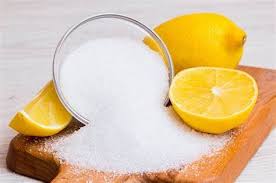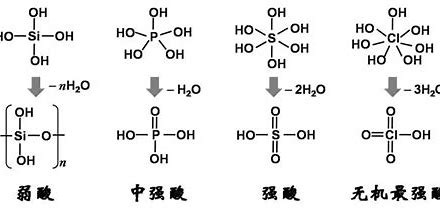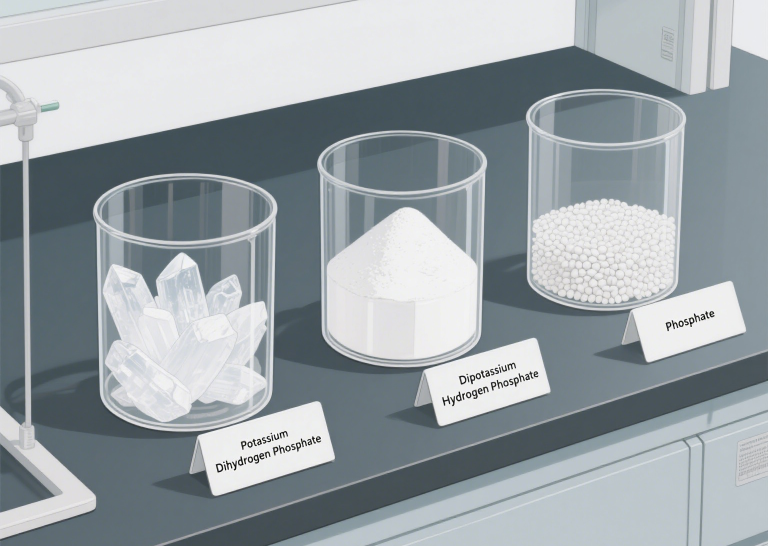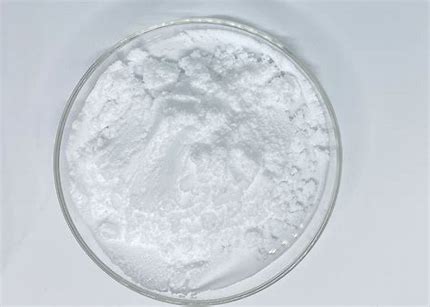Hydrofluoric acid quality standard
The Vital Role of Hydrofluoric Acid in Substance Purification
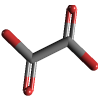
Thanks to its ability to dissolve oxides, hydrofluoric acid plays a crucial role in purifying aluminum and uranium, enhancing their purity.
Applications of Hydrofluoric Acid in Different Fields
Hydrofluoric acid can etch glass, enabling the carving of exquisite patterns and the marking of clear scales and text. In the semiconductor industry, it is used to remove oxides from the surface of silicon, providing essential support for semiconductor manufacturing.
In refineries, hydrofluoric acid acts as a catalyst for the alkylation reaction of isobutane and n-butene, playing an indispensable role. Meanwhile, in the synthesis of various fluorinated organic compounds, such as Teflon (polytetrafluoroethylene) and refrigerants like Freon, hydrofluoric acid also has significant applications.
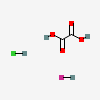
Comparison of Hydrofluoric Acid and Molten Sodium Hydroxide in Removing Glass Coatings
Both hydrofluoric acid and molten sodium hydroxide can be used to remove the glass coating on microfilaments.
At room temperature, hydrofluoric acid takes about 150 seconds to remove a 10-μm-thick glass coating, while molten sodium hydroxide only needs about 10 seconds. At a temperature of approximately 300 – 400°C, molten sodium hydroxide can effectively react with the glass coating, rapidly destroying its structure and
completing the removal. Research on glass-coated pure copper microfilaments reveals that the composition and structure of the glass significantly affect their corrosion resistance. The corrosion behavior of the microfilaments in hydrofluoric acid and molten sodium hydroxide has been evaluated, and their corrosion mechanisms have been explored in depth.
Guaranteed Reagent | Analytical Reagent | Chemical Pure | |
|---|---|---|---|
| Name | |||
| Hydrofluoric Acid (HF) Content % ≥ | 40.0 | 40.0 | 40.0 |
| Residue on Ignition (Calculated as Sulfate) % ≤ | 0.001 | 0.002 | 0.01 |
| Chloride (Cl) % ≤ | 0.0005 | 0.001 | 0.005 |
| Sulfate and Sulfite (Calculated as SO₄) % ≤ | 0.001 | 0.002 | 0.005 |
| Phosphate (PO₄) % ≤ | 0.0001 | 0.0002 | 0.005 |
| Fluorosilicate (SiF₆) % ≤ | 0.02 | 0.04 | 0.06 |
| Iron (Fe) % ≤ | 0.00005 | 0.0001 | 0.0005 |
| Heavy Metals (Calculated as Pb) % ≤ | 0.0001 | 0.0005 | 0.001 |
Industrial Hydrofluoric Acid GB7744-2008
| Item | Indicator (Class I) | Indicator (Class II) | |||||
|---|---|---|---|---|---|---|---|
| HF-40 | HF-50 | HF-70 | HF-30 | HF-40 | HF-50 | HF-55 | |
| Hydrofluoric Acid Content % ≥ | 40.0 | 50.0 | 70.0 | 30.0 | 40.0 | 50.0 | 55.0 |
| Fluorosilicic Acid Content, % ≤ | 0.05 | 0.05 | 0.05 | 2.5 | 5.0 | 8.0 | 10.0 |
| Non-volatile Acid (Calculated as H₂SO₄) Content, % ≤ | 0.05 | 0.08 | 0.08 | 1.0 | 1.0 | 2.0 | 2.0 |
| Residue on Ignition, % ≤ | 0.05 | 0.05 | 0.05 | – | – | – | – |

